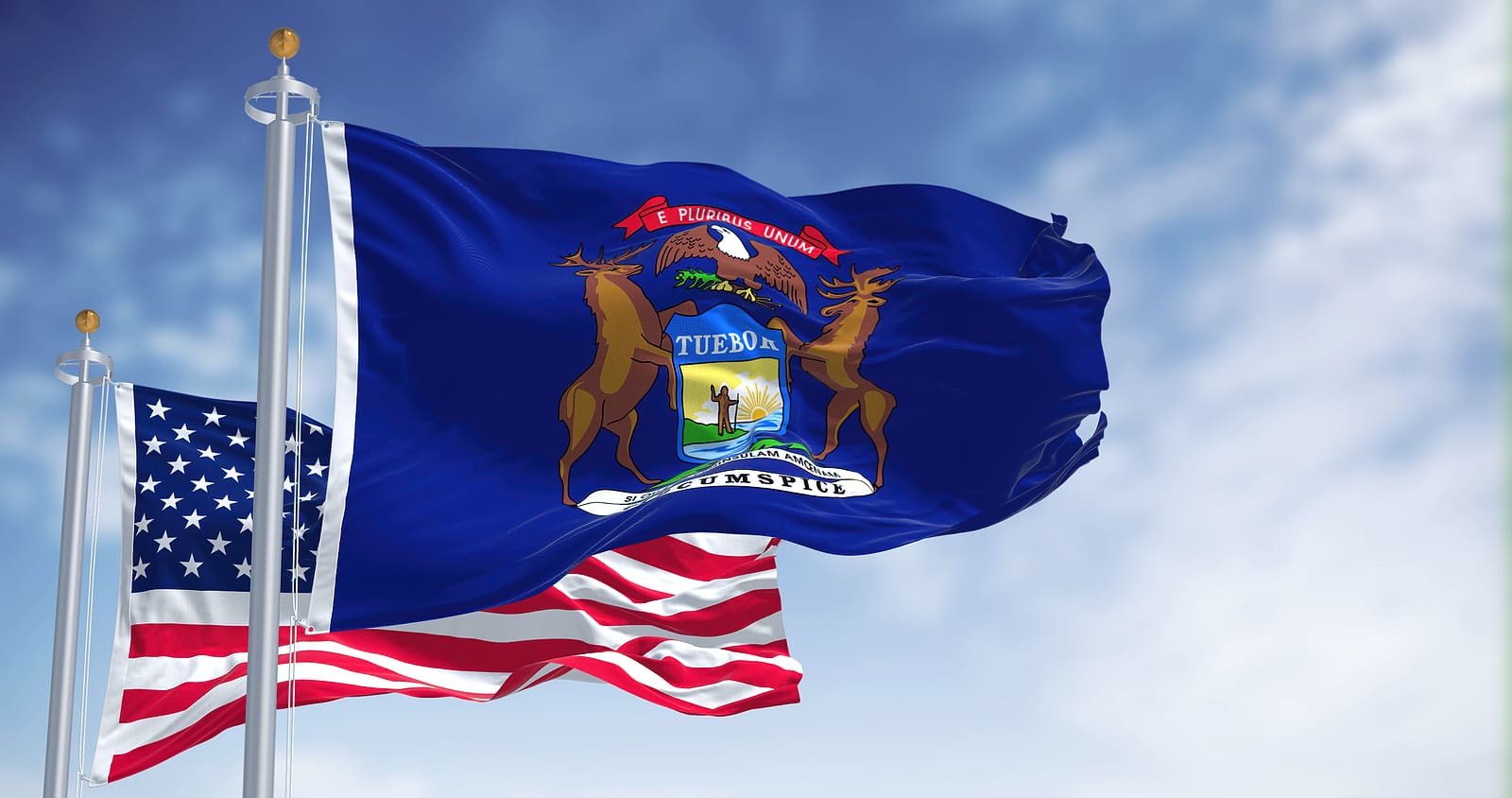Illinois Total Nonfarm Payroll Jobs Reach Record High Unemployment Rate Stable in July
(STL.News) The Illinois Department of Employment Security (IDES) announced recently that the unemployment rate was unchanged at 4.0 percent, remaining at the lowest level since the onset of the pandemic, while nonfarm payrolls increased by +11,200 in July, surpassing the pre-pandemic number of total nonfarm payrolls, based on preliminary data provided by the U.S. Bureau of Labor Statistics (BLS) and released by IDES. The June revised unemployment rate was 4.0 percent, unchanged from the preliminary June unemployment rate. The June monthly change in payrolls was revised from the preliminary report from +8,400 to +9,700 jobs. The July unemployment rate and payroll jobs estimate reflect activity for the week, including the 12th.
In July, the industry sectors with the largest over-the-month job gains included: Educational and Health Services (+6,400), Trade, Transportation and Utilities (+4,500), and Government (+1,900). The industry sectors with monthly payroll job declines included: Professional and Business Services (-3,000), Other Services (-900), and Manufacturing (-500).
“Illinois has experienced consecutive job growth every month this year, and today’s record-breaking total payroll jobs data is a clear indication of the marked level of strength in the labor market throughout the state,” said Deputy Governor Andy Manar. “As the state continues to prioritize investments in workforce opportunities, IDES and its partners stand ready to provide the services needed for individuals to take advantage of the new and expanding job possibilities across Illinois.”
“It’s clear that Illinois is making significant progress as we achieve this notable milestone for payroll jobs,” said DCEO Director Kristin Richards. “Illinois is experiencing a banner year for economic development, and DCEO remains committed to providing resources and support to job seekers and job creators across the state.”
The state’s unemployment rate was +0.5 percentage points higher than the national unemployment rate reported for July. The national unemployment rate was 3.5 percent in July, down -0.1 percentage points from the previous month. The Illinois unemployment rate was down -0.4 percentage points from a year ago when it was at 4.4 percent.
Compared to a year ago, nonfarm payroll jobs increased by +89,700 jobs, with gains across most major industries. The industry groups with the largest job increases included: Educational and Health Services (+42,500), Government (+27,200), and Leisure and Hospitality (+26,500). Professional and Business Services (-12,400), Manufacturing (-10,200), and Information (-5,200) reported declines in payroll jobs. In July, total nonfarm payrolls were up +1.5 percent over the year in Illinois and up +2.2 percent in the nation.
The number of unemployed workers was 255,100, the lowest level since the onset of the pandemic. The number of unemployed was down -1.2 percent from the prior month and -11.0 percent over the same month one year ago. The labor force was down -0.2 percent over-the-month and down -0.3 percent over the year. The unemployment rate identifies those individuals who are out of work and seeking employment. An individual who exhausts or is ineligible for benefits is still reflected in the unemployment rate if they actively seek work.
In June 2020, Governor Pritzker launched Get Hired Illinois, a one-stop-shop website to help connect job seekers with hiring employers in real-time. The site features virtual job fairs and no-cost virtual training and includes IllinoisJobLink.com (IJL), the state’s largest job search engine, which recently showed 53,334 posted resumes with 107,599 available jobs.
Monthly 2018-2022 seasonally adjusted labor force data for Illinois, and all other states, have been revised as required by the U.S. Bureau of Labor Statistics (BLS).? The monthly historical revisions to state labor force estimates reflect new national benchmark controls, state working-age population controls, outlier specifications, seasonal factors, as well as updated total nonfarm jobs and unemployment benefits claims inputs.? Illinois labor force data were also smoothed to eliminate large monthly changes as a result of volatility in the monthly Current Population Survey (CPS) and national benchmarking.?For these reasons, the comments and tables citing unemployment rates in previous news releases/materials in June no longer be valid.
- Monthly seasonally adjusted unemployment rates for Illinois and the Chicago-Naperville-Arlington Heights Metropolitan Division are available here.
- Monthly 1990-2022 seasonally adjusted nonfarm payroll employment data for Illinois have been revised. To control for potential survey error, the estimates are benchmarked annually to universal counts derived primarily from unemployment insurance tax reports.
- Not seasonally adjusted jobs data with industry detail are available here.?“Other Services” include activities in three broad categories: personal and laundry; repair and maintenance; and religious, grant-making, civic, and professional organizations. Seasonally adjusted data for subsectors within industries are not available.
SOURCE: Illinois






